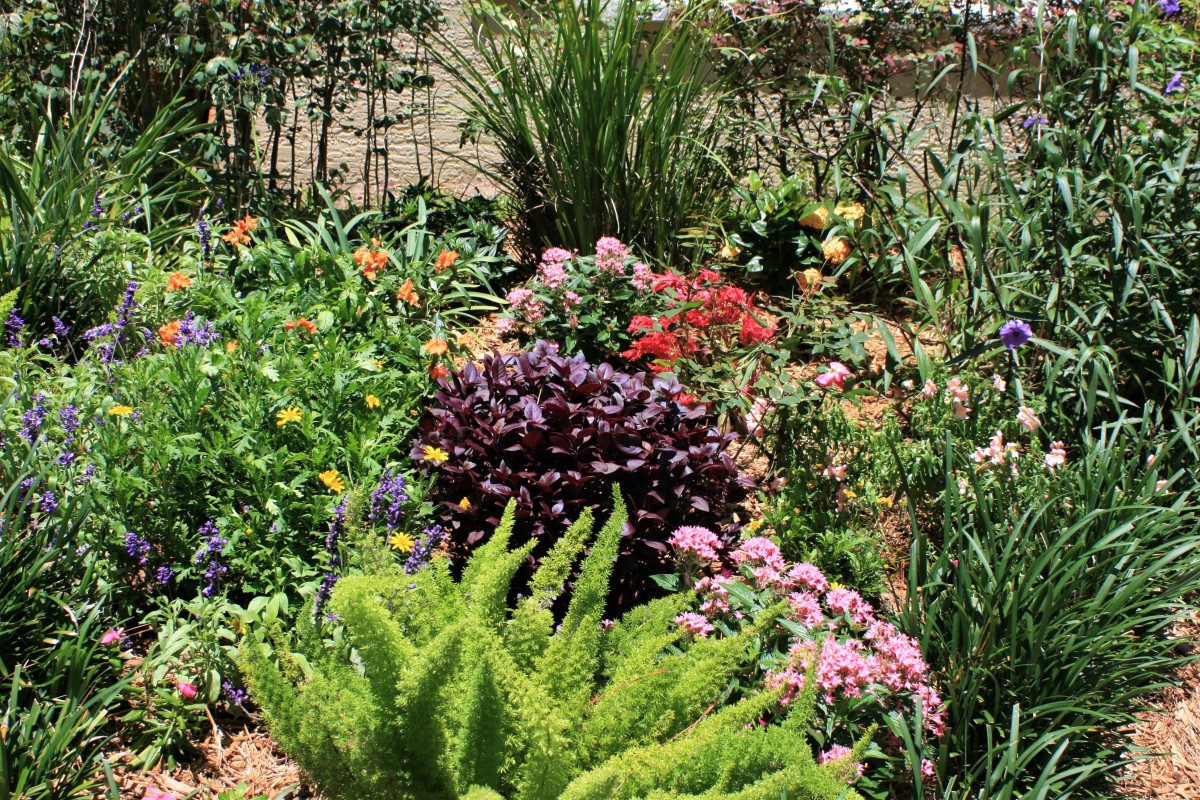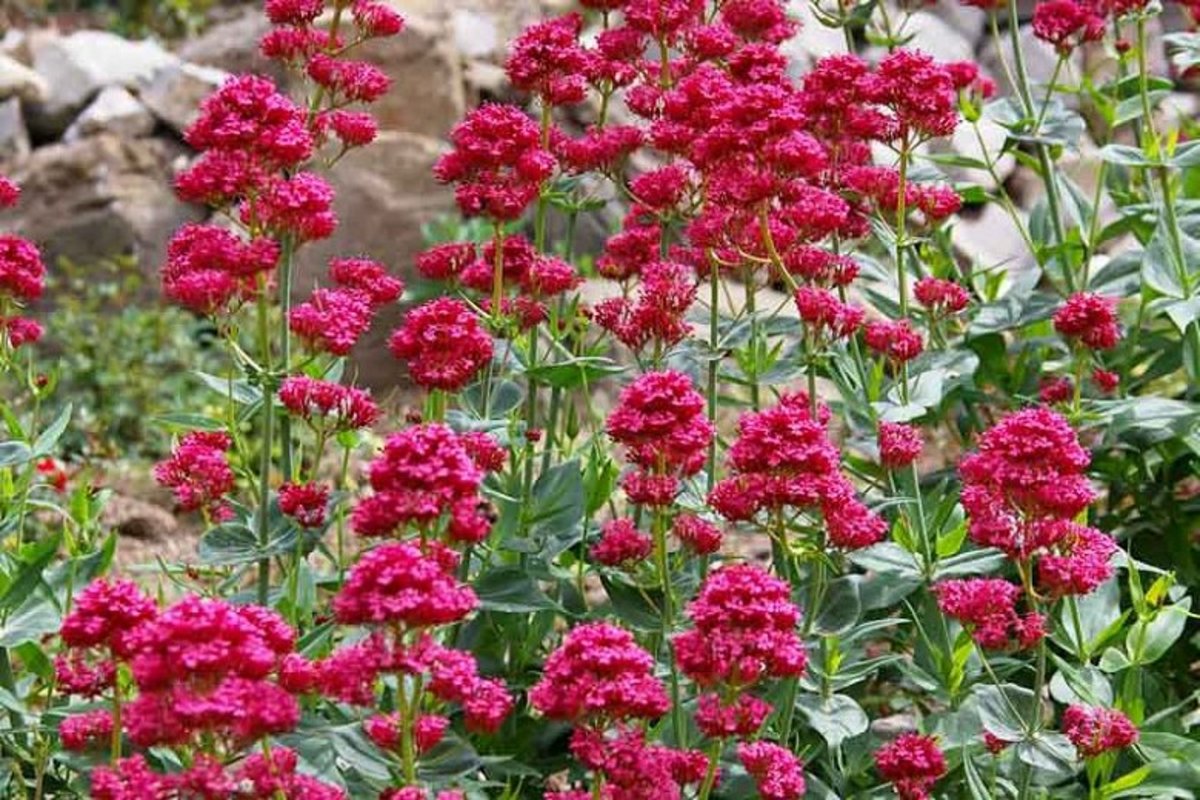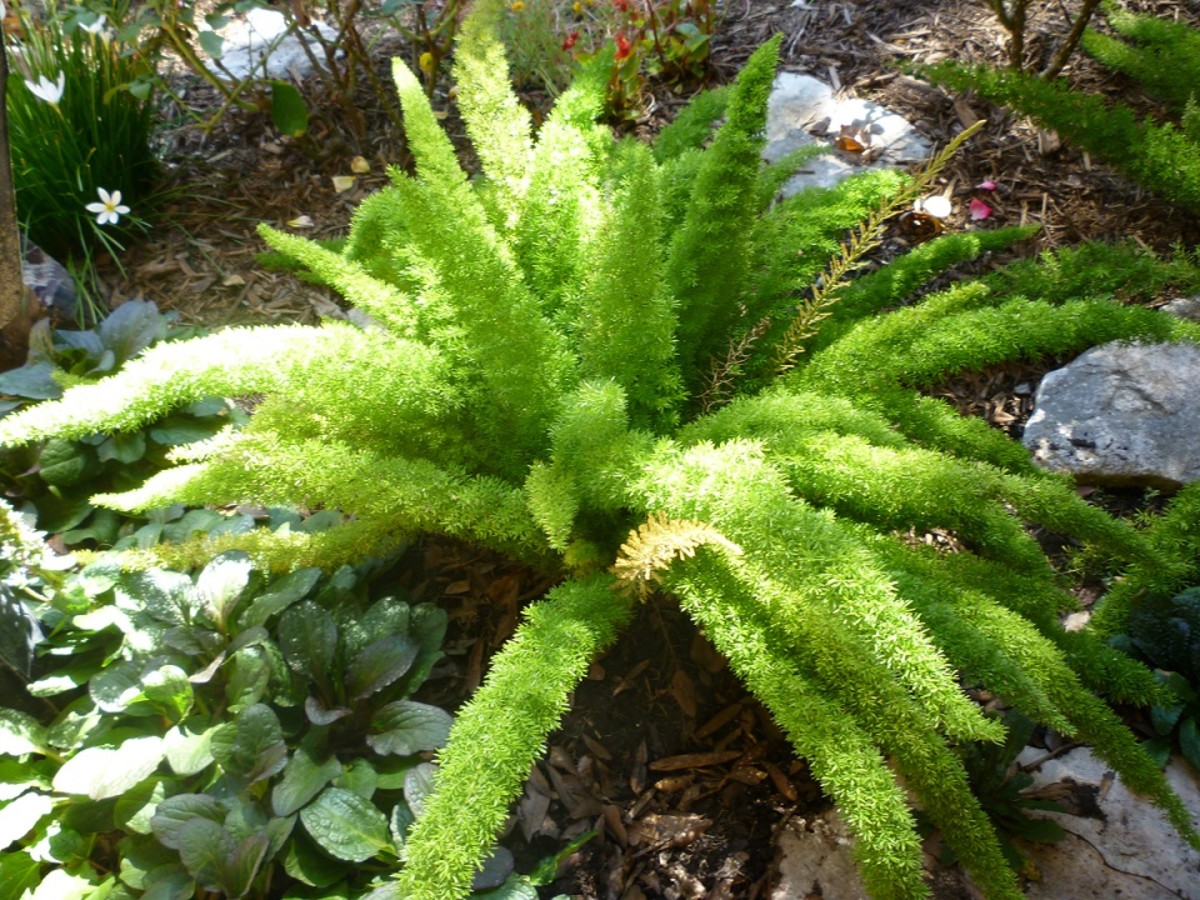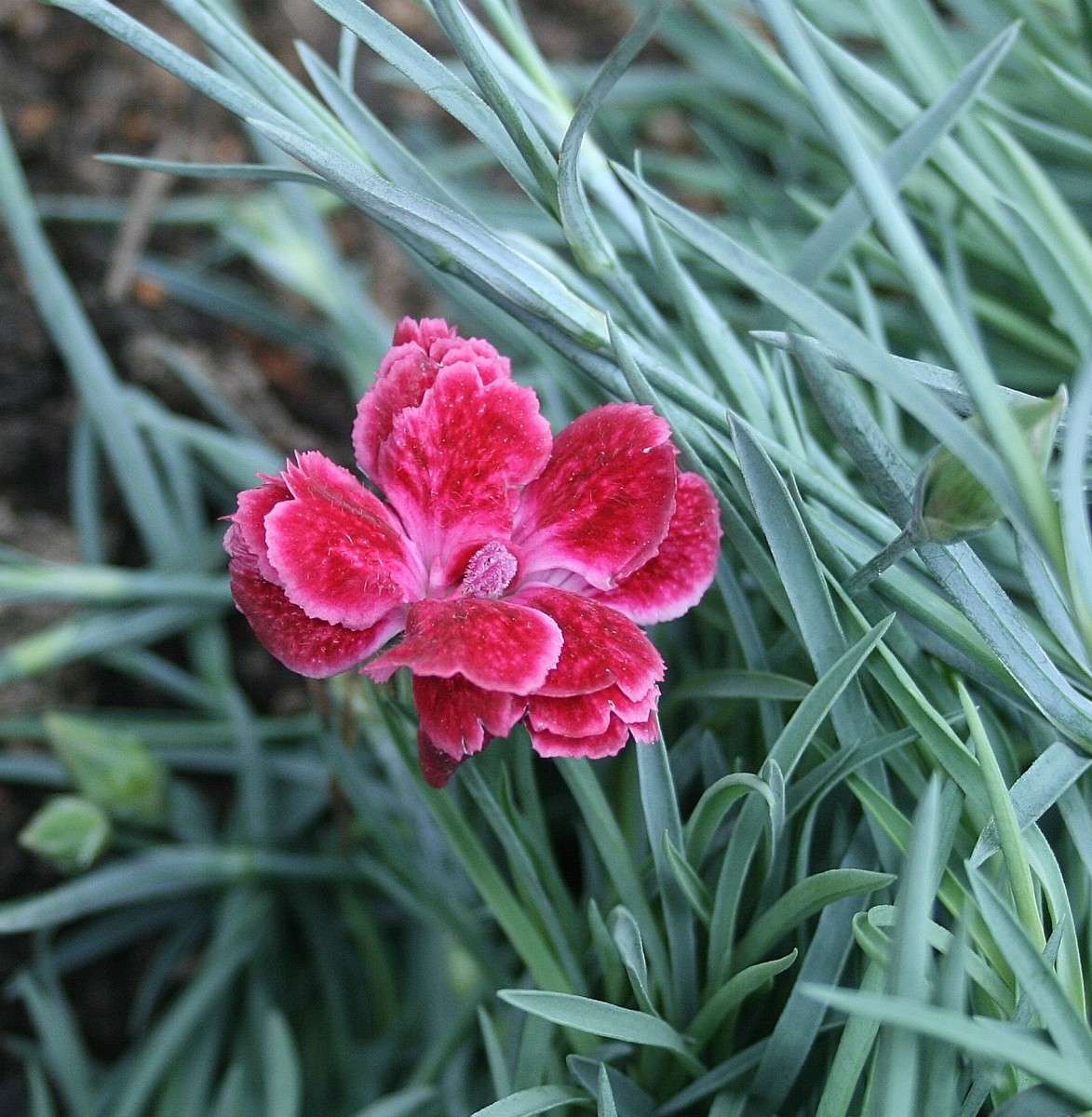- HubPages»
- Home and Garden»
- Gardening»
- Planting Flowers
How to Transplant Herbaceous Perennial Plants - Part 1
Viola With Roots
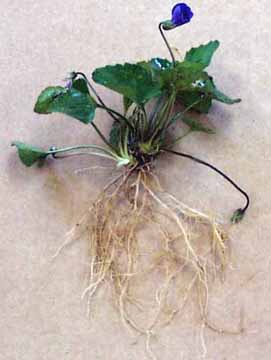
There are a huge variety of herbaceous perennial plants available, and of course what qualifies as a “perennial” plant also varies greatly by growing zone. So I cannot aspire to describe all the many variables when it comes to this topic; there are just too many perennials to do so. However, there are a few simple practices that will assure better results in moving any perennial plant, whether herbaceous (plants whose stems and leaves die back to the ground each year), or woody (plants which retain live stems or leaves during the non-growing season).
The first rule of gardening is to think like a plant, so before you attempt to move any plant, take a moment to ponder things from its point of view. Especially when you are moving mature plants, it will prove extremely useful to think about what that plant needs and how it survives before you begin.
Plants derive nutrients from the soil through their roots. Therefore, greatly decreasing the amount of root mass a plant has will have a great impact on that plant’s ability to thrive. Similarly, roots can be killed if allowed to dry out or if seriously damaged. It then follows that creating the least possible damage to a plant’s roots will aid in successfully transplanting it. The key to this is to disturb the roots as little as possible and to prevent them from drying out. Therefore, cutting into the roots as little as possible and keeping them in contact with the soil in which they have grown throughout the entire process of moving them is always the single most important goal when transplanting.
Here are some good gardening books:
Daylily Emerging In Early Spring
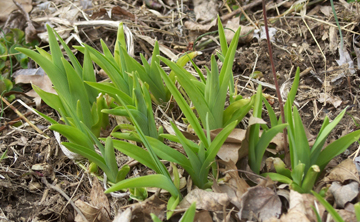
For this reason, I strongly advise that mature plants be moved very early in the spring, as soon as the soil has thawed enough to be dug, and once there are enough emerging leaves so that you can define the plant’s size. Ideally, you should wait for a cool, overcast, non-windy day not long after a soaking rain. Since watering the plant very well once it is moved is also critical to its survival, since you need to eliminate any air pockets around its roots and of course keep them moist, transplanting the day before predicted rain is also a good idea.
The truth is that most of us garden when we can, fitting it in between work and family time, so it’s impractical to suggest that you need to wait for that ideal transplant day. The ideal transplanting day can be frustratingly difficult to find, anyway, so logically you will need to compromise on the weather conditions. Try to meet as many of those criteria as possible when deciding to move your plants, but remember that the most important thing is to keep those roots intact and moist. If you can accomplish that, you are vastly improving your chances of a successful transplant.
It is equally true that many perennial plants can be successfully moved throughout their entire growing cycle, but I will stick to my advice to transplant early in the spring. The reasons for moving plants as early as possible in the spring can be summarized this way:
You're going to need a good shovel, here's a great one:
Digging A New Hole For Transplant

- Limited leave mass means less leaf surface that will respire, drawing moisture from the plant. So try to move the plant when it has only baby leaves above the ground. This will also prevent you from inadvertently snapping off flower spikes during transplanting.
- Waiting until after a soaking rain will provide more natural moisture in both the plant’s home location, and its new location in your garden, plus aid in keeping as much soil as possible stuck to the roots. Soaking rains are more common in early spring in nearly all climates and zones.
- Working on a cool, overcast day will help prevent the roots of the plant being relocated from drying out in the process. Those kinds of days are also more common in early spring.
Another key to successful transplanting is to have the hole in which you will relocate the plant prepared before it is lifted from the ground. Moving quickly and getting the plant settled into its new home as quickly as possible can mean the difference between a plant that not only lives, but thrives after transplanting, and a plant that dies or is seriously set back by the transplantation.
If transplanting is done well, the plant will in essence not even realize it has been moved. It will continue seamlessly in the process of growth and flowering, and you will be rewarded with a healthy, blooming plant.
In the next article, I will, take you step by step through the transplanting process, with lots of photos of an actual transplant, so please keep reading.
Copyright © Roberta Lee 2012. All rights reserved.
(I am an artist and the author of the Suburban Sprawl series of novels as well as two nonfiction books. Find out more about my work at RobertaLeeArt.com.)
Next - How To Transplant Herbaceous Perennials Part 2
Here's a great article of trading plants with friends:
- Perennial Plant Trading
Trading perennial plants with a friend is not only fun but economical. It’s exciting to see your flower beds grow practically overnight when you add these new treasures. The ultimate pay off is seeing your flower beds bloom year after year until that



